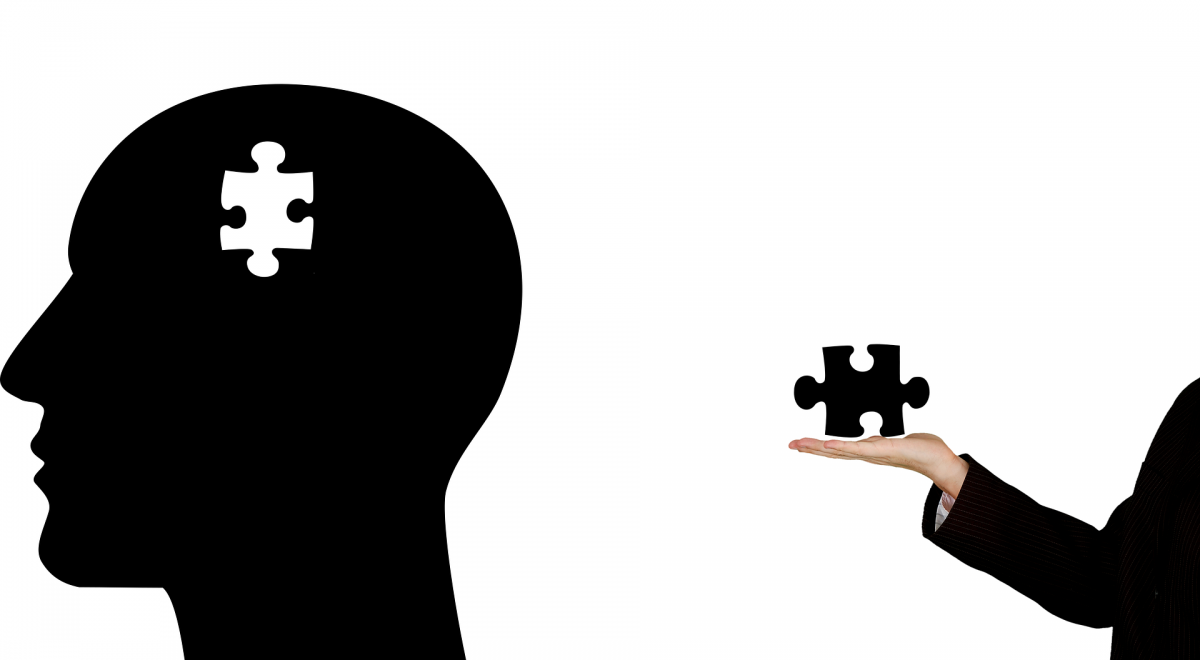Ask anyone who works in marketing why they decided to pursue that particular career path, and you’ll receive a multitude of answers.
Some people will maintain that they enjoy the opportunity to flex their creativity; they enjoy the fact that they essentially are paid to create art. Others enjoy the mercurial nature of the profession, the fact that no two days are exactly the same. Still, more love how fast-paced the industry tends to be and that it allows them to blaze from one deadline to the next (often procrastinating until the last minute all the while).
But one of the most common answers is that marketing involves people.
Figuring out how an audience thinks and what they want. Determining the best way to build a relationship between a brand and its customers. Crafting compelling messaging that fascinates people enough to convert.
In other words, getting inside each consumer’s mind and figuring out how they think, how they feel, what they’re interested in, and ultimately, what makes them tick. There’s something exciting about that. And something is satisfying about finishing a project and watching as it successfully creates engagement.
The connection between marketing and psychology is about more than satisfaction, though. Learning more about how people think goes a long way towards being better at your job. The deeper your understanding of the human mind, the more effective your marketing will become.
As it stands, there are already multiple psychological principles underlying the profession — you probably even encounter several of them in your day-to-day without realizing it:
- Priming. Exposure to one stimulus influences how you react to another. This comes into play with everything from a brand’s language to the colors/layout of its website.
- Social proof. The idea is that people make decisions based on the actions of others. Social shares, reviews, and word-of-mouth marketing are all examples of social proof in play.
- Reciprocity. When someone gives you a gift or does a good deed, you feel compelled to return the favor. Most commonly comes into play with free gifts/offers.
- Loss aversion. Simply put, when given a choice between loss and gain, people will choose to gain. In marketing, this might involve selling subscription services or free trials.
- Anchoring bias. The first piece of information someone sees will influence how they evaluate further information. This is why most stores display the original price of a product next to the sale price.
- Verbatim effect. People are likely to remember the gist of what they’ve been told rather than the exact wording.
- Scarcity. People are likely to make a snap decision on a purchase if what they’re buying is of limited quantity. They’re also likely to rank a scarcer product more highly.
- Decoy effect. When a customer is choosing between two options, the introduction of a third, less compelling option will make them likelier to choose a more expensive option.
- Baader-Meinhof Phenomenon. Essentially, this refers to selective attention. When you see or hear about a particular product, you’re likely to start noticing it in advertisements and the like.
- Clustering. The tendency of people to group similar words and concepts together in their short-term memory.
What we’ve listed above is just a small sampling. There are other concepts at play, as well. But that should be enough to give you an idea of how much interplay there is between the two disciplines. And with that, we’ll leave off with a bit of advice on how you can amp up your knowledge of psychology to become a better marketing professional. Here’s the good news. Especially in the wake of COVID, there are a ton of free educational resources available online to help you learn more about the human mind — we recommend EdX in particular.
